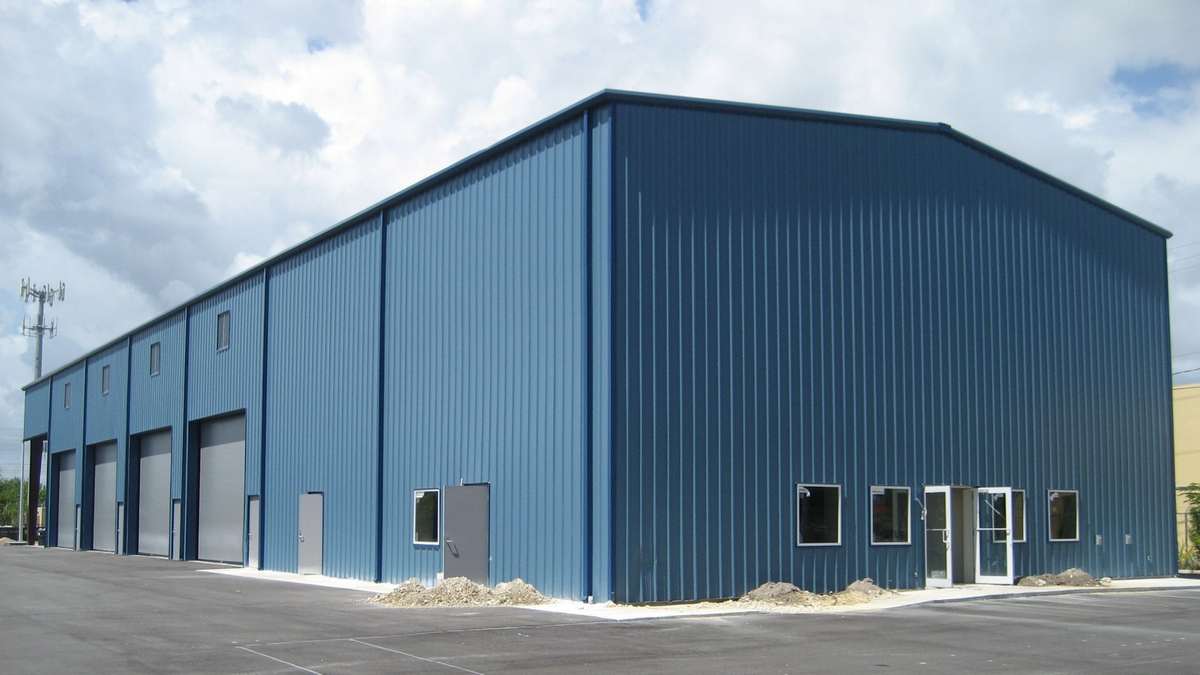
One essential aspect of an organization’s continued success is its ability to develop and promote the next generation of leaders. To this end, onboarding plays a crucial role in preparing these individuals for future leadership positions by incorporating succession planning from the very beginning. This blog post will explore the importance of implementing effective onboarding processes as part of your organization’s succession planning strategy, discuss ways to tailor them to fit various levels within your corporate hierarchy, and suggest potential best practices.
Importance of Onboarding in Succession Planning
Ensuring a smooth transition among management positions is at the core of successful succession planning. Utilizing an employee onboarding system in this strategy benefits organizations in several ways:
1. Identifying Potential Future Leaders Early: High-potential employees can be identified early on in their careers by creating opportunities for rapid growth and development.
2. Developing Leadership Skills Over Time: Effective onboarding enables employees to gradually acquire essential traits such as strategic thinking, decision-making, communication skills, and adaptability that will serve them well when they eventually take up leadership roles.
3. Preventing Talent Drain: Investing time and resources into developing new leaders from within their ranks instead of acquiring external talent only when a need arises increases employee retention rates. This consequentially saves time spent searching for suitable candidates while fostering organizational loyalty among existing staff members.
Tailoring Onboarding Programs Based on Organizational Needs
An efficient and customized approach toward developing future leaders involves balancing and standardizing certain aspects while accommodating different goals within levels across managerial hierarchies. Methods include:
1. Establishing Graded-Level Training Programs
These include:
- Entry-level training must equip employees with the necessary foundational knowledge about company culture, values, and operational procedures.
- Mid-level management programs should focus more heavily on soft-skill improvements like communication skill enhancement or problem-solving techniques.
- Senior executives require tailored programs that enhance collaboration abilities between team members positioned at higher organizational levels, crisis management techniques, and a deeper understanding of how various departments intertwine.
2. Implementing Role-Specific Onboarding
Different roles within an organization require specific sets of skills and knowledge. By tailoring onboarding programs to fit the unique needs of each role in both the current context and future leadership requirements, organizations can confidently move forward, knowing they are investing their resources effectively in developing employees.
Best Practices to Include in Succession Planning-Focused Onboarding
Organizations that have successfully incorporated onboarding into their succession planning efforts follow a set of common best practices. These include:
1. Setting Clear Expectations from the Start: Developing detailed job descriptions outlining roles and responsibilities alongside promotional pathways helps new hires understand expectations while working towards fulfilling them.
2. Promoting Mentorship and Sponsorship Programs: Grouping new employees with experienced mentors or sponsors within your organization not only fosters strong relationships between team members but also provides valuable guidance when navigating crucial career steps on the way up through higher ranks.
3. Encouraging Cross-Functional Collaboration: Exposing high-potential employees to different projects or tasks will facilitate broader skill development required for a confident transition into future leadership positions – essentially preparing tomorrow’s decision-makers today!
4. Offering Continuous Learning Opportunities: Supporting skill acquisition by providing access to specialized training courses, academic degree programs, conferences, or workshops advances self-directed learning habits associated with effective leaders.
5. Flexibility Through Remote Working: The pandemic has catapulted the concept of remote work worldwide, which has led to the proliferation of remote eLearning platforms for employee development to help increase flexibility.
6. High Potential Identification System: Invest time in creating a mechanism where top talents can be nurtured through the company’s predefined goals.
7. Constant Networking: Cultivating a pipeline allows maintaining good relationships inside and outside your organization which could ultimately help you find talent during emergency situations.
Reaping Long-Term Benefits from Integrating Onboarding Succession
Some long-term outcomes may manifest as:
1. Smooth Talent Transition: Employees familiar with organizational structures can quickly grasp new responsibilities when promoted, thus avoiding excessive downtime during management/leadership changeovers.
2. Sustainable Organizational Growth: Internal promotions are more affordable and efficient compared to external hiring processes while helping maintain a stable corporate culture in the process. This is a key factor for ongoing organizational success.
3. Optimized Company Reputation: Strong investment in developing employees from within has been linked to reputational benefits, translating into higher employee retention rates and greater talent attraction.
Conclusion
As businesses continue evolving in response to increasingly complex market environments, investing time and resources into an integrated onboarding-succession plan remains crucial. By leveraging these outlined strategies and best practices, organizations can continually incorporate their high-potential workforce members of today as leaders of tomorrow, effectively safeguarding themselves against uncertainty while fostering continued growth.



